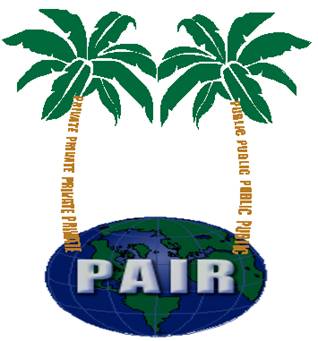How is a patent different from a trademark?
Patents and trademarks are generally very different
creatures. A patent prevents others from making, using or selling new
inventions. A trademark, meanwhile, protects a name, phrase or slogan that
is commercially related to a product. For example, suppose you have a patent
on a new kind of pencil, and you are selling that pencil as the
Pencillator. If someone made a copy of your pencil and tried to sell it,
you could prevent them from doing so because of your patent. However, if
they tried to sell a pencil that was very different from yours, but they tried
to sell it as the “Pencillator,” you might be
able to prevent them from using the brand name “Pencillator” if you have
trademark rights in that name.
The one place where
patents and trademarks may overlap is with regard to design. Design
patents protect the ornamental
design of a product, such as the way a bicycle helmet looks. While
trademarks are generally used to protect phrases, slogans or logos, trademark
law can also be used to protect the shape/design of a product if that design is so distinctive that
people associate it with the product’s seller. So if people recognize that
a bicycle helmet is made by a specific company because of the shape/design of
the helmet, trademark law may protect the helmet’s design.
.



















 Posted in:
Posted in: 





















